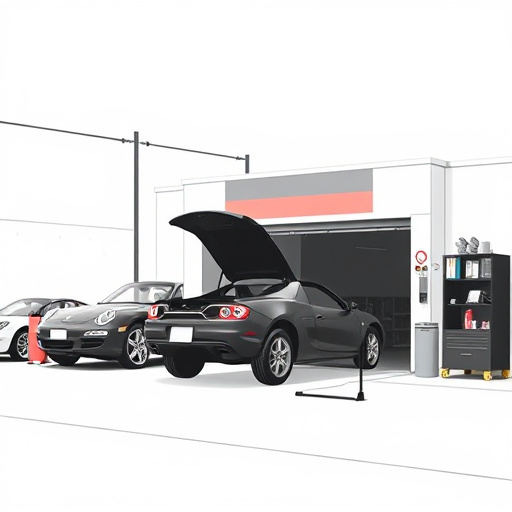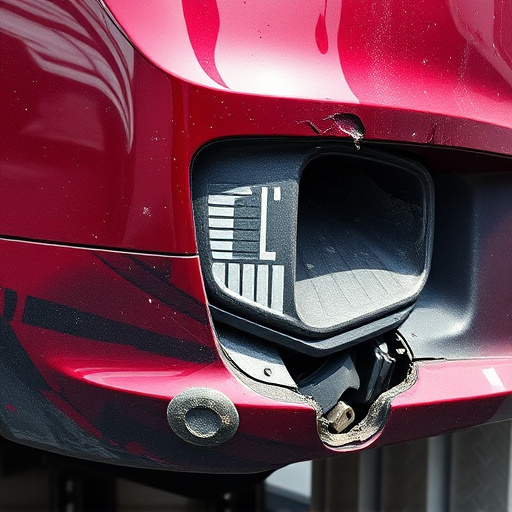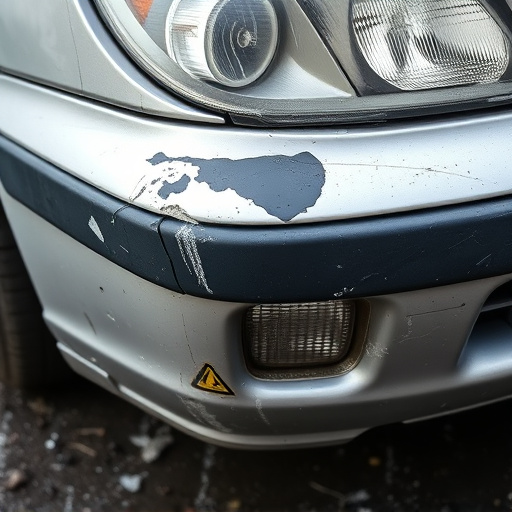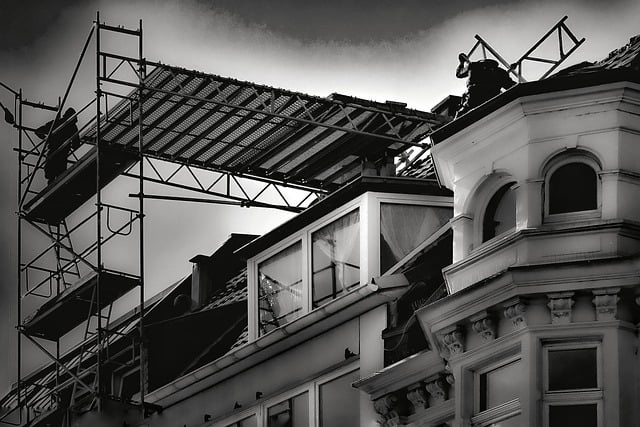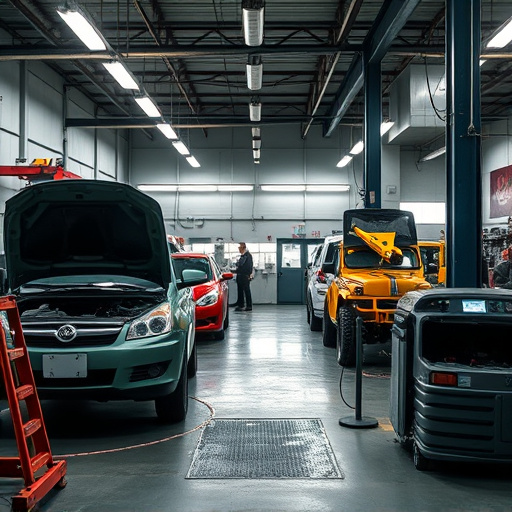The four-stage paint system, a meticulous auto painting process, ensures aesthetic appeal and durability through 4 key stages: thorough surface preparation, cleaning & decontamination, priming for even base, and colour coating with clear coat protection. Proper prep, including cleaning, degreasing, and sanding, is vital to achieve optimal adhesion and longevity in bodywork repair or restoration. Follow manufacturer guidelines for drying times during priming for best results.
Discover the secrets behind achieving a flawless finish with this guide to the four-stage paint system. We’ll break down each stage, from thorough surface preparation to application techniques, ensuring optimal results every time. Learn how this system, encompassing sandbling, priming, painting, and sealing, creates a durable and aesthetically pleasing surface. Elevate your DIY or professional painting projects with these comprehensive insights.
- Understanding the Four-Stage Paint System: A Comprehensive Overview
- Surface Preparation Techniques: The Foundation for a Lasting Finish
- Best Practices and Tips for Optimal Results in Each Stage
Understanding the Four-Stage Paint System: A Comprehensive Overview

The four-stage paint system is a meticulous process designed to ensure optimal results in auto painting and car paint repair services. This systematic approach begins with thorough surface preparation, where every imperfection is meticulously addressed to create a smooth base. The first stage involves cleaning and decontaminating the surface to remove any contaminants that could interfere with the adhesion of paint.
The subsequent stages are equally crucial. Priming sets the foundation for the topcoat by providing an even base and improving paint adherence. Colour coating applies the desired colour, while the final clear coat serves as a protective layer, enhancing the finish and prolonging the longevity of the auto repair services. This comprehensive four-stage process guarantees not just an aesthetically pleasing auto painting job but also one that stands the test of time.
Surface Preparation Techniques: The Foundation for a Lasting Finish
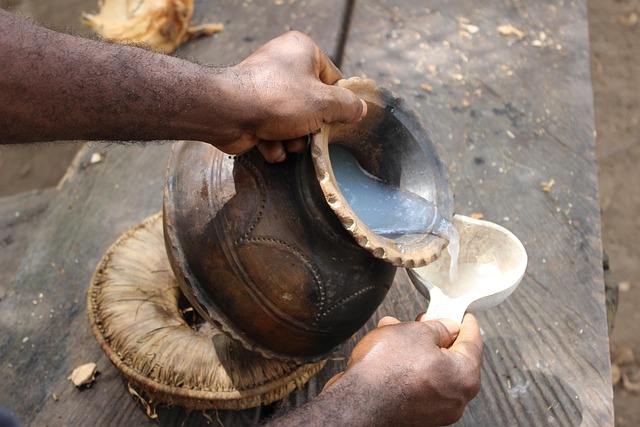
Surface Preparation Techniques play a pivotal role in achieving a lasting and visually appealing finish when utilizing a four-stage paint system. This critical step involves meticulous attention to detail, ensuring that the surface is clean, smooth, and free from any contaminants. Proper preparation begins with thorough cleaning, removing grease, dirt, and debris using specialized solvents or degreasers suitable for the material. Sanding follows to roughen the surface, allowing better paint adhesion.
For auto repair services, auto body services, or even a vehicle restoration project, achieving a perfect finish hinges on effective surface preparation. By eliminating imperfections like scratches, rust, or old paint bubbles, and using the right techniques, you create an optimal base for the four-stage paint system to bond with. This foundation is essential for ensuring longevity, durability, and the final aesthetic appeal of the painted surface.
Best Practices and Tips for Optimal Results in Each Stage

For optimal results with a four-stage paint system, each stage requires meticulous attention and best practices. Before beginning, ensure your vehicle’s bodywork is thoroughly cleaned and prepared. This involves removing all dirt, grease, and debris to create a smooth surface for painting. A degreaser can be used for tough stains, followed by a thorough rinse and dry.
During the priming stage, choose a high-quality primer that matches your vehicle’s original specifications. Apply an even coat, allowing it to dry completely. This layer acts as a crucial bonding agent between the base coat and topcoat. For auto body restoration or paintless dent repair, this step is especially vital as it helps fill in imperfections. Always follow manufacturer guidelines for drying times to ensure the best adhesion for subsequent layers.
The four-stage paint system, when combined with meticulous surface preparation, offers a proven path to achieving durable and aesthetically pleasing finishes. By understanding each stage and implementing best practices, professionals and DIY enthusiasts alike can elevate their painting projects. Surface preparation is the cornerstone of this process, ensuring a smooth base for each coat, ultimately enhancing the longevity and visual appeal of any painted surface.




